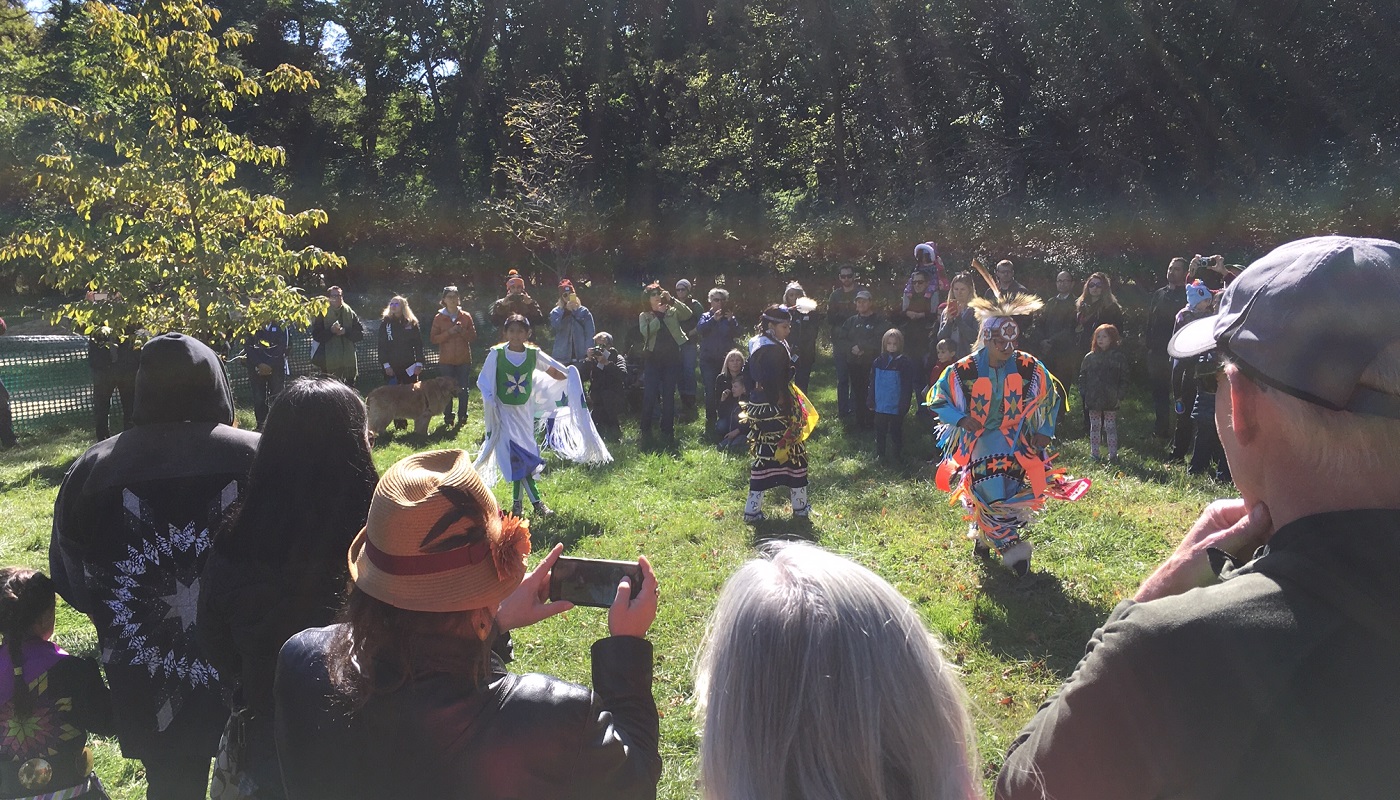Nearly 65,000 Native Americans representing more than 100 tribal nations live in Chicagoland, one of the largest urban Native American populations in the county.
Serving as a resource for Native Americans since the early 1950s, the American Indian Center (AIC) helps Native individuals transition to urban life by providing aid, education and support programs, and opportunities to practice Native culture, heritage and traditions.
For many years, the AIC has also partnered with the Forest Preserves of Cook County, working with us on projects ranging from how to best tell the history of the these lands to programs that honor and serve the Native American population and more.
“One of the things that really defines Native Americans is our interesting relationships with land, plants, animals and the elements. Being able to connect with the natural environment through the Forest Preserves is another way we’re able to live our lives as Native people and carry out our traditions and the important aspects of our heritage,” shares Heather Miller, executive director of the AIC.
Last year on Indigenous Peoples Day, the AIC led the ribbon-cutting of Serpent Twin Mound, a contemporary earthwork in Schiller Woods that reflects the ancestral tradition of mound building and serves to educate the public about the rich cultural history of Indigenous placemaking in Illinois and beyond. Created by Indigenous artist and architect, Santiago X, the monument is part of the 4000N Trail project, led by the AIC, Chicago Public Art Group and Portage Park Neighborhood Association.
“The mound celebrates Native Americans’ connection to the land and history of being mound builders,” Miller explains. “We wanted to bring that tradition back to life and share a cultural piece of our work with the greater Chicago community.”
This year, the AIC will again be holding a celebration at the Serpent Twin Mound on Indigenous Peoples Day for their members. Other projects and programs include hosting cultural solstice events in the Forest Preserves and working with the Forest Preserves’ programming team to launch a paddling program, which started with participants in the Chicago’s Inter-Tribal Youth summer camp.
“We want to work with the Forest Preserves to do a larger canoeing initiative, with curriculum and programs that could be used as a resource for Native folks as well to educate the larger population about Native issues, our story and our heritage,” Miller says.
Miller and the AIC have also helped the Forest Preserves as we created site-specific signage about Native Americans in the region, as well as input on our Land Acknowledgement Statement. By ensuring that our explanations are clear, accurate and respectful, the AIC is an important resource when we educate the public on the history of Native people and our local natural lands.
“The Forest Preserves—like all organizations and entities with the city—has a responsibility to share the true history of Native folks and to understand that we need to be in current relationships with Native folks, because we’re still here,” Miller explains. “We are people that still live with the effects of genocide every day. Remember, all of this at one point was Indian land; we still consider it Indian land. It’s important for organizations and entities to understand that fact, uphold it and honor it, as well.”
Learn more about the American Indian Center at their website.

